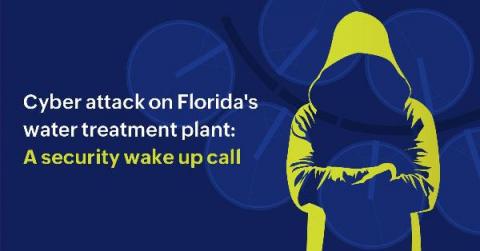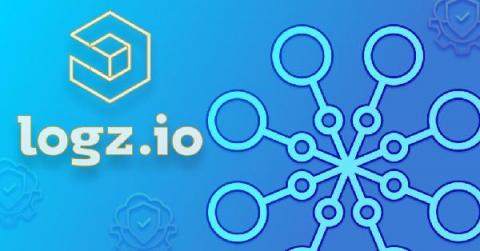Operations | Monitoring | ITSM | DevOps | Cloud
Cyberattacks
Five worthy reads: The unexpected costs following a cyberattack
Five worthy reads is a regular column on five noteworthy items we’ve discovered while researching trending and timeless topics. In this edition, we’ll learn about the worst data breaches that happened recently, their impact, and the cost of data breaches for companies. The COVID-19 pandemic has not only had an impact on the mental and physical health of employees, but on the digital health of organizations around the world.
Hunting for Lateral Movement using Event Query Language
Lateral Movement describes techniques that adversaries use to pivot through multiple systems and accounts to improve access to an environment and subsequently get closer to their objective. Adversaries might install their own remote access tools to accomplish Lateral Movement, or use stolen credentials with native network and operating system tools that may be stealthier in blending in with normal systems administration activity.
Splunk for OT Security V2: SOAR and More
In the last 90 days, the news of cyberattacks on critical infrastructure has been stunning. From the unprecedented breach represented by Sunburst to the more recent bone-chilling attack at the Oldsmar water facility, the urgency to secure critical infrastructure in transportation, utilities, energy, water, critical manufacturing, telecommunications, healthcare, government facilities and the defense sector has never been higher.
Not Another Blog about SolarWinds - 3 Ways Ivanti can Help Protect You
The SolarWinds exploits have been widely reported, fully covered, and basically as we would say in Aussie – Done to Death Mate. But some of the info got me thinking, especially this article from my buddies at Microsoft which gives some great background and flows for that how the attacks were actually working. I’ve been working with Ivanti Application Control – formerly AppSense Application Manager for over 17 years.
Dependency Confusion Attacks
You must secure your software supply chain. Now, more than ever, it is vital. For a long time, a primary concern in security was malicious actors exploiting inherent weaknesses in software. Privilege escalations, SQL injections, race conditions etc. These are, of course, still a concern and should be afforded the attention that they deserve. But now, there is another worry, one that is arguably even more important – A Supply Chain Attack.
Upgrade Better, Faster, Stronger
Cyberattack on Florida's water treatment plant: What it means to global organizations
The recent news of a cyberattack on a water treatment plant carried out by a remote perpetrator came as a shock to organizations around the world. Earlier this month, an unauthorized threat actor had remotely accessed the plant’s control systems via TeamViewer and used it to increase the amount of sodium hydroxide (lye) in water to dangerously higher levels.
Reducing Supply Chain Attack Surface through SaaS
We’ve all been watching closely as the Solarwinds hack, known as SUNBURST, gets its due analysis. This attack was sophisticated and rightfully should concern any company. Companies are now — or should be — considering not only what products they are using but to what attack vectors those products are exposed that unduly extend attack surfaces. Solarwinds makes great products — I’ve used them for years.
Using Puppet to detect the SolarWinds Orion compromise
SolarWinds' widely-used Orion IT platform has been the subject of a supply-chain compromise by an unidentified threat actor. The attack was discovered in December 2020, but it appears to have begun in March 2020 when the attacker used trojan malware to open a backdoor on SolarWinds customers around the world.











